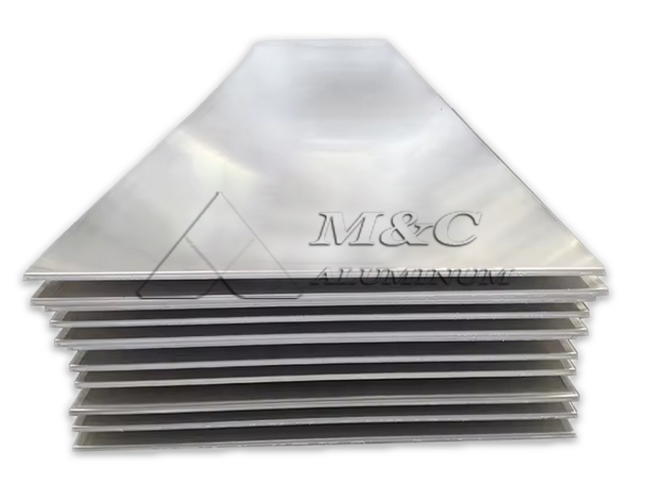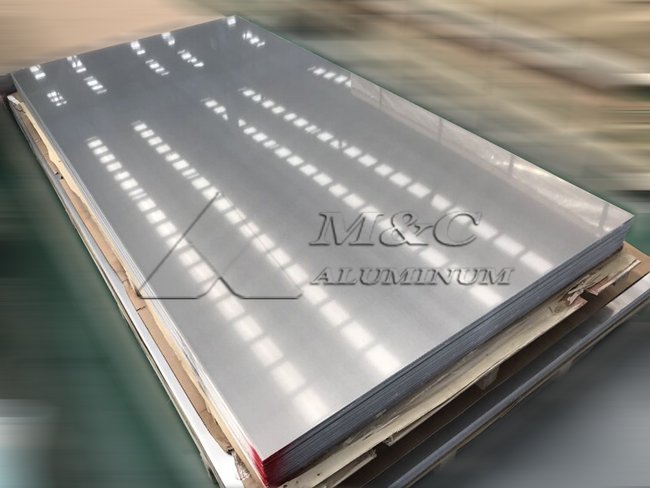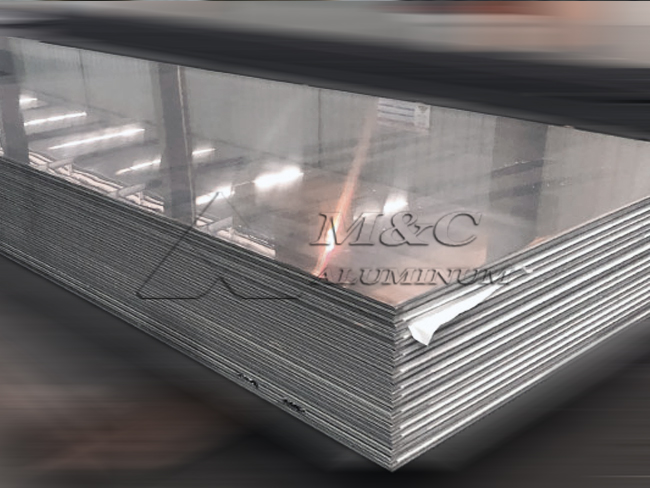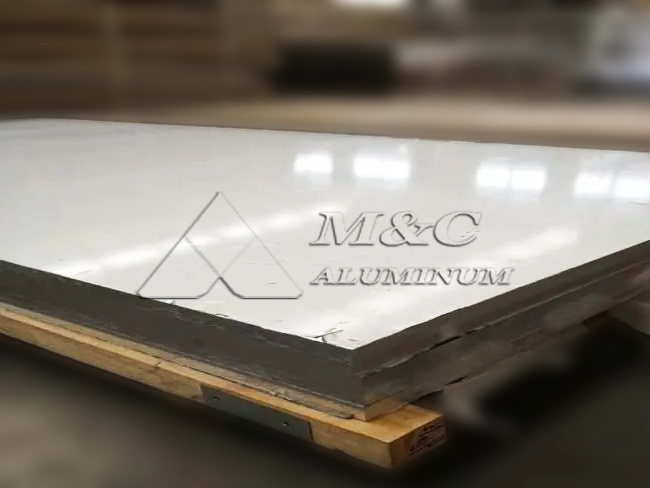Introduction
In modern shipbuilding, lightweight structure, high strength, and corrosion resistance have become essential criteria. Aluminum-magnesium alloys, due to their excellent overall performance, are widely used in ship hulls, decks, and bulkheads. Among them, 5059 and 5083 marine-grade aluminum alloys stand out, both belonging to the 5000 series and commonly used in high-performance vessels such as naval ships, fast ferries, yachts, and offshore platforms.
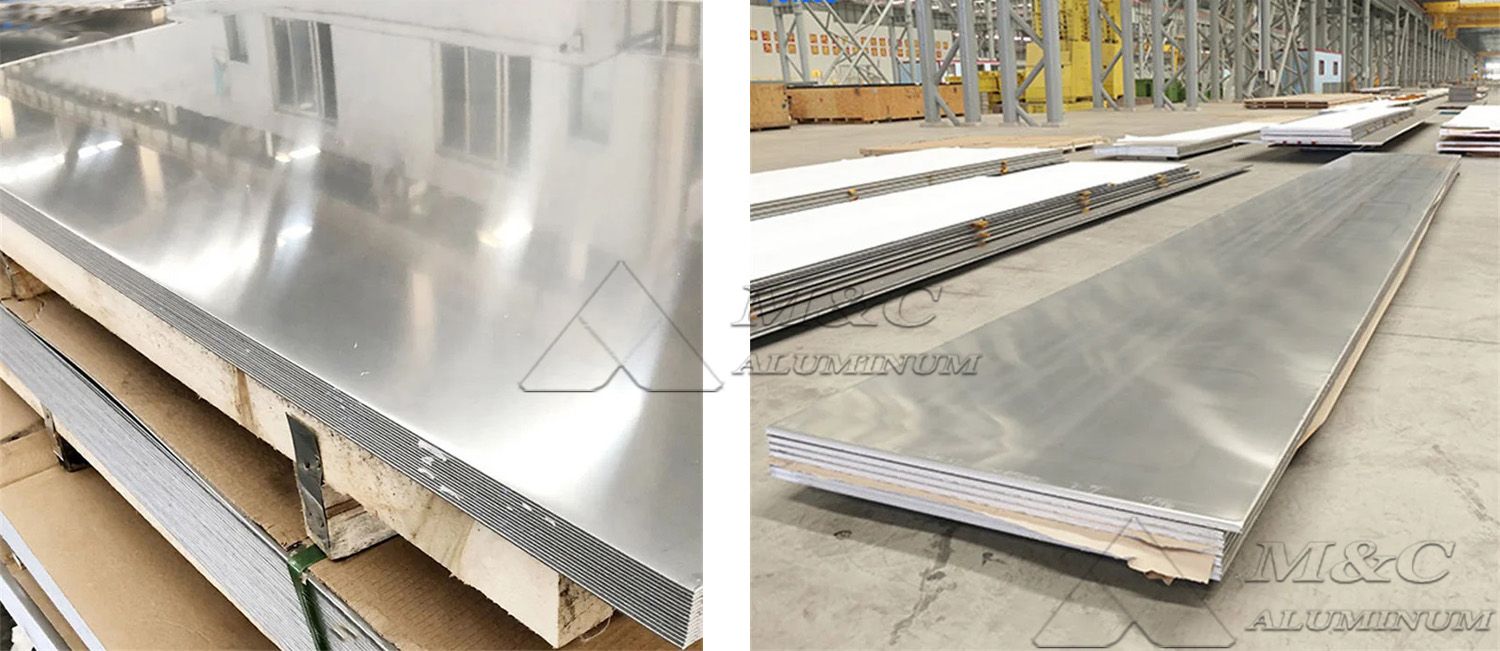
Overview of 5059 Marine Aluminum
Developed relatively recently, 5059 alloy was registered in 1999 by Corus Aluminium. It is a derivative of 5083, improved by adding zinc, optimizing metal proportions, and heat treatment methods to achieve higher strength and enhanced stress corrosion resistance.
5059 is a high-performance marine-grade aluminum alloy belonging to the Al-Mg-Mn-Zn system. It is widely used in military ships, patrol boats, high-speed ferries, and specialized marine structures.
Common tempers:
5059-O
5059-H116
5059-H321
5059-H111
Overview of 5083 Marine Aluminum
5083 aluminum alloy was registered in 1954 by the Aluminum Association. It quickly became a key material in shipbuilding due to its high strength, excellent corrosion resistance, good formability, and superior weldability.
As a high-magnesium Al-Mg alloy, 5083 is considered the strongest among all non-heat-treatable aluminum alloys and is widely used in civilian vessels, fishing boats, speedboats, ferries, and more. It is one of the most mature marine aluminum materials globally.
Common tempers:
5083-O
5083-H116
5083-H321
5083-H111
5083-H32
5083-H112
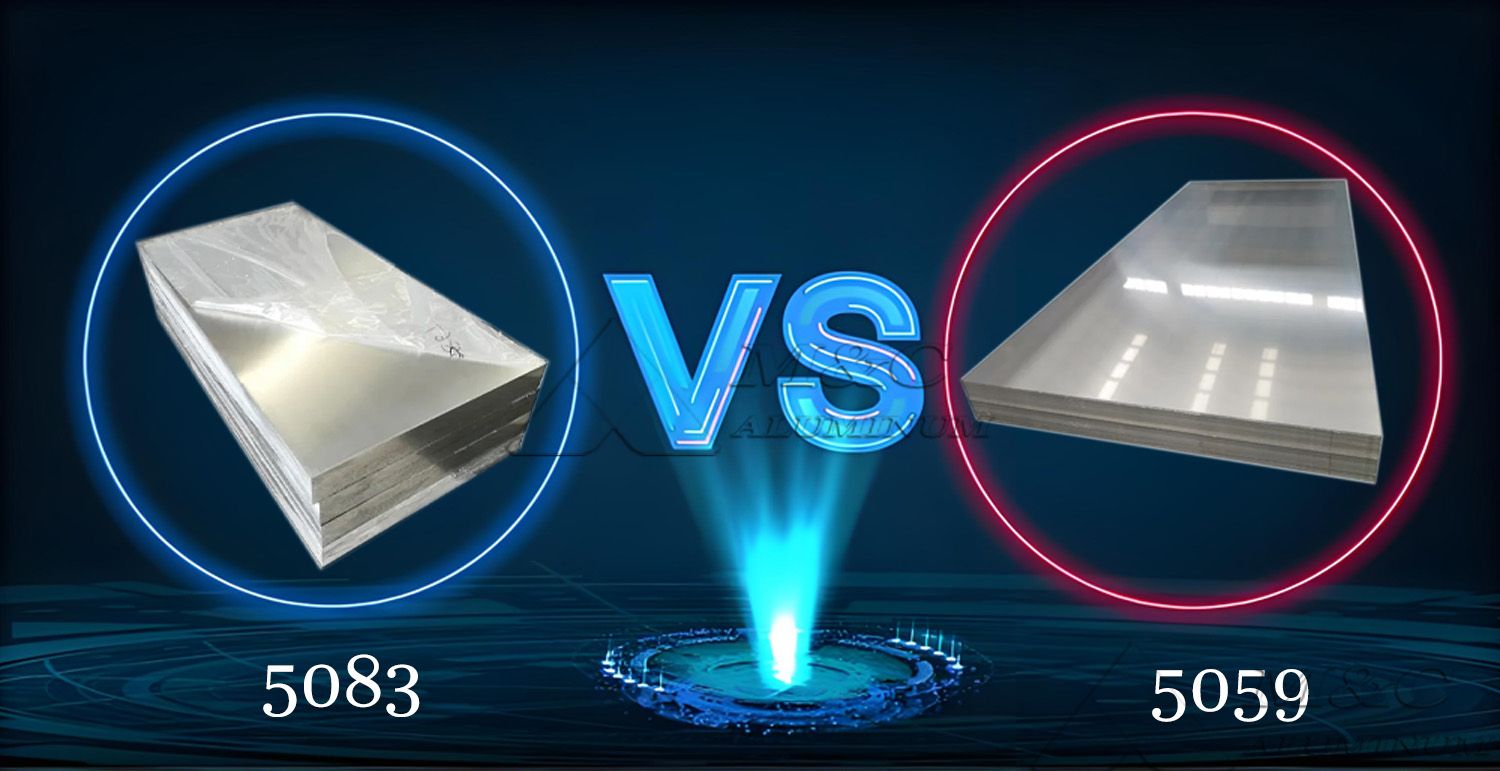
Key Differences Between 5059 and 5083 Aluminum
1. Chemical Composition Comparison
| Element (%) | 5059 | 5083 |
| Al | Remainder | Remainder |
| Mg | 5.0-6.0 | 4.0-4.9 |
| Mn | 0.6-1.2 | 0.4-1.0 |
| Zn | 0.4-0.9 | ≤ 0.25 |
| Cr | 0.05-0.25 | 0.05-0.25 |
| Cu | ≤ 0.10 | ≤ 0.10 |
| Fe | ≤ 0.40 | ≤ 0.40 |
| Si | ≤ 0.25 | ≤ 0.40 |
Key takeaway:
5059 contains higher Mg and Zn, which enhances strength and strain hardening.
5083 has slightly lower Mg, offering better formability but lower strength compared to 5059.
2. Mechanical Properties Comparison
| Property | 5059 | 5083 |
| Tensile Strength (MPa) | 290-350 | 270-320 |
| Yield Strength (MPa) | 150-200 | 125-170 |
| Elongation (%) | 12-20 | 10-15 |
| Brinell Hardness | 80-95 | 70-85 |
| Density (g/cm³) | 2.66 | 2.66 |
Key takeaway:
5059 offers higher tensile and yield strength, ideal for high-stress applications.
5083 has better ductility, suitable for forming operations.
3. Corrosion Resistance
Both alloys are excellent for marine environments, but:
5059: The addition of zinc and optimized alloying improves resistance to pitting and intergranular corrosion, especially in harsh saltwater conditions.
5083: Slightly lower corrosion resistance but performs well with anodizing, meeting protection needs in most ship environments.
Conclusion: 5059 is superior for extreme marine environments like naval and high-speed vessels.
4.Weldability
Both 5059 and 5083 support MIG/TIG welding, but:
5083: Welding leads to less performance loss, widely used and reliable.
5059: Retains more strength post-welding but requires matching high-quality filler wire (e.g., AlMg5.3Mn) and strict heat control.
Conclusion: 5083 is easier to weld; 5059 offers better post-weld strength if process is controlled.
5. Application Examples
5059 Alloy:
Ideal for structures requiring extreme strength, ballistic protection, pressure vessels, advanced marine structures, and weight-sensitive components. Its excellent post-weld strength retention is beneficial for high-stress welded structures.5083 Alloy:
Best for general shipbuilding, offshore platforms, cryogenic tanks, and automotive panels. Its balanced strength, corrosion resistance, and formability/weldability make it a favorite for hulls, bulkheads, decks, and engine mounts.
6. Cost and Availability
5083: Widely available, cost-effective, and suitable for large-scale purchasing.
5059: Higher performance comes at a 15%–20% higher cost; may require custom orders and have longer lead times.
Conclusion:
5083 fits mainstream projects with budget constraints.
5059 is better for high-end, performance-driven applications.
Conclusion
Both 5059 and 5083 are excellent marine aluminum alloys, each with its own advantages. The key to choosing which material is to balance the project performance requirements, budget range and production capacity. For military or high-speed ship projects that pursue higher strength and better corrosion resistance, 5059 is undoubtedly a more advanced choice; while for commercial and civilian hulls, 5083 wins market favor with its maturity and economy.

